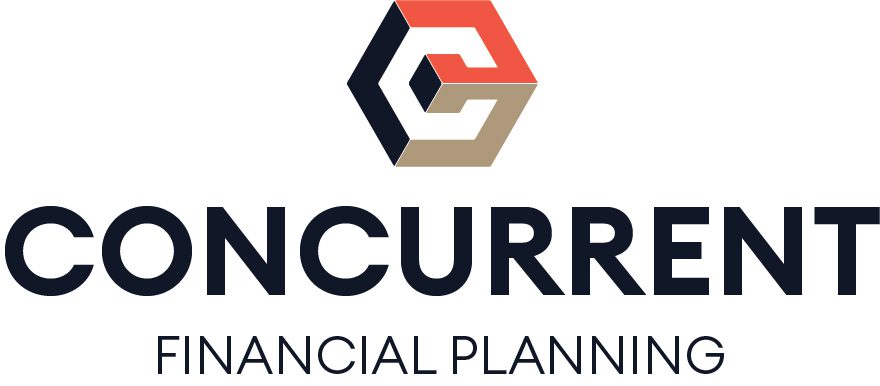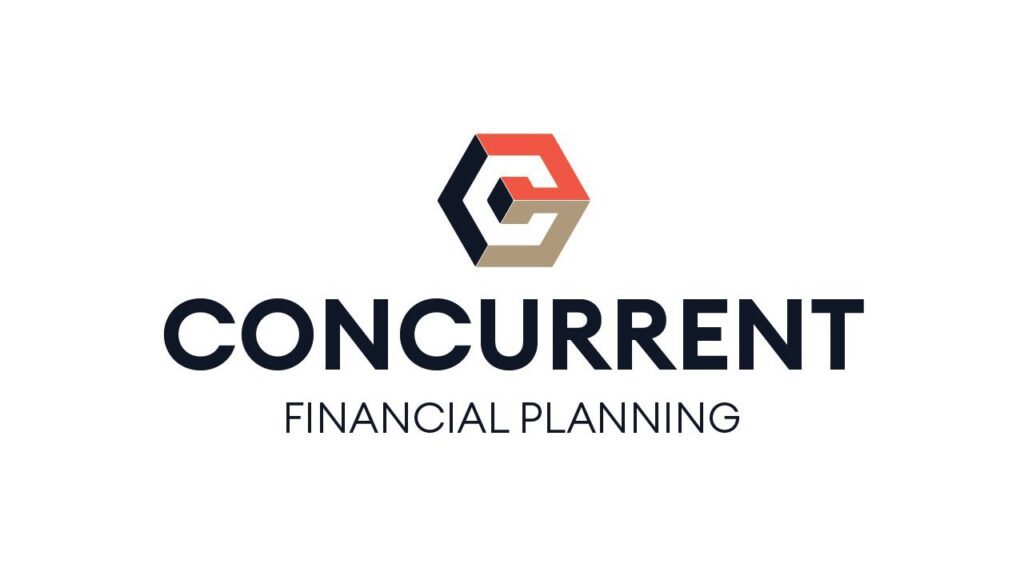Sometimes it feels like you need a degree in human resources to navigate all the options and benefits your company offers. It’s overwhelming to consider every avenue and whether it is worth your time to read through all the pros and cons and weigh the risks and figure it all out. One of the valuable options a publicly traded company can potentially offer you is an ESPP.
An Employee Stock Purchase Plan allows you to buy company stock at a discounted price from the fair market value. As your company grows and becomes more successful, your stock becomes more valuable and you profit too. Stocks don’t always go up so there is a chance you won’t see proceeds. This option is ideal for anyone already maxing out their 401 (k) benefit. Here is what you’ll need to know and understand.
What is an ESPP?
Should you choose to participate in an Employee Stock Purchase Plan, you make contributions to the plan like any other payroll deduction and those funds are invested in the company’s stock. There are several advantages to this program including tax benefits, setting your own limit to how much of what is offered you’d like to participate in and the investment grows from after-tax dollars. Like most benefits, there are rules and limits but this can significantly boost your retirement investment.
How Does an ESPP Work?
Eligibility to enroll will give you a breakdown of the price the stock is offered to you (up to 15% discount) and the number of shares you can purchase. It is optional to participate but an incredible way to grow your wealth. Most tax-qualified plans cap your contributions at $25,000 but you get to elect the percentage or dollar amount you are looking to contribute. Typically, if you’d like to make a change to your contribution rate you can do so during open enrollment periods. Some companies have additional holding periods so you don’t flip your shares.
ESPPs have a “look back” provision that determines the price of the stock on either the offer date or the purchase date. Oftentimes there is a waiting period between when you are offered to purchase the stock and when it is actually bought. The “look back” provision gives you the price at whichever was lower – current rate or offer date rate. Some companies offer up to two years on a “look back” date and the stock price can have gone up significantly in that time giving you a substantial financial benefit.
Types of ESPPs
Employee Stock Purchase Plans are categorized as either Qualified or Non-qualified depending on the time period you held them before selling.
Qualified
- Sale of shares after one year of purchase and after two years of offer
- Require approval of shareholders before implementation
- Cannot be greater than three years
- Restrictions on the maximum price discount
- More favorable tax benefit – not recognized as taxable income until sold
- Participants have equal rights
Non-qualified
- Sale of shares within one year of purchase or within two years of offer
- Not as many restrictions
- No tax benefits
ESPP Tax Implications
This is where ESPPs get a little tricky. Depending on how your stock increased or decreased can be a taxable income or deductible loss. When you sell the stock, the discount you bought it at may be taxable income. If the value of the stock increases, there is a tax incurred at the ordinary rate unless you’ve held the stock for more than a year and then it may be taxed at the lower capital gains rate.
There are two other considerations – cost basis and tax forms. Cost basis is the value of the stock that your company assigned and is important to determine so you are taxed accurately. There are two tax forms from the IRS as well: Form 1099-B for sold shares and Form 3922 for purchased shares.
How Much Should I Contribute to My ESPP?
The percentage of income you contribute is based on pre-taxed dollars and not your take-home pay. That means you’ll see a decrease in your normal deposit that is higher than the percentage you choose to contribute after tax withholdings and deductions. Be cognizant of your cash flow and how much you can afford to pay into the ESPP. It’s better to do the math on the front end and determine how much to contribute than to have to wait until the next enrollment period to adjust.
When Do I Sell My Shares?
You could sell your shares right away – though there are some companies that have a required holding period and others that have blackout windows (to prevent insider trading). However, more favorable long-term capital gains depend on when you sell. When to sell your stock can vary based on its value from purchase increasing your profits or causing a loss but you will pay a lower tax rate for holding them for more than a year and selling them more than two years after the offer date. Don’t forget to consider the tax rules. More often than not, waiting to sell has a bigger impact.
How Do I Benefit From an ESPP?
An ESPP can present an amazing opportunity to advance your financial goals. Holding on to your stocks through the purchase cycle and selling them for more than you bought them for can bring in cash flow. Should they fall in price, the tax deduction should still put you ahead compared to not participating. Even after tax, the rate of return is greater than a high-yielding savings account and puts more money in your pocket. You can use the funds to diversify your portfolio and remove some of the risks associated with holding on to too much of the same stock but be sure your financial advisor knows your investment goals and presents the right opportunities.
The bottom line is that Employee Stock Purchase Plans can help quickly build your wealth when managed properly. Determine the tax qualification, the length between offer date and purchase date, how to adjust your plan should the need arise and consider your financial goals to figure out how much to contribute to the investment.


